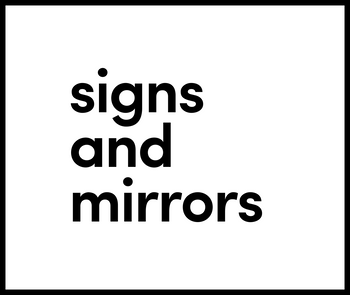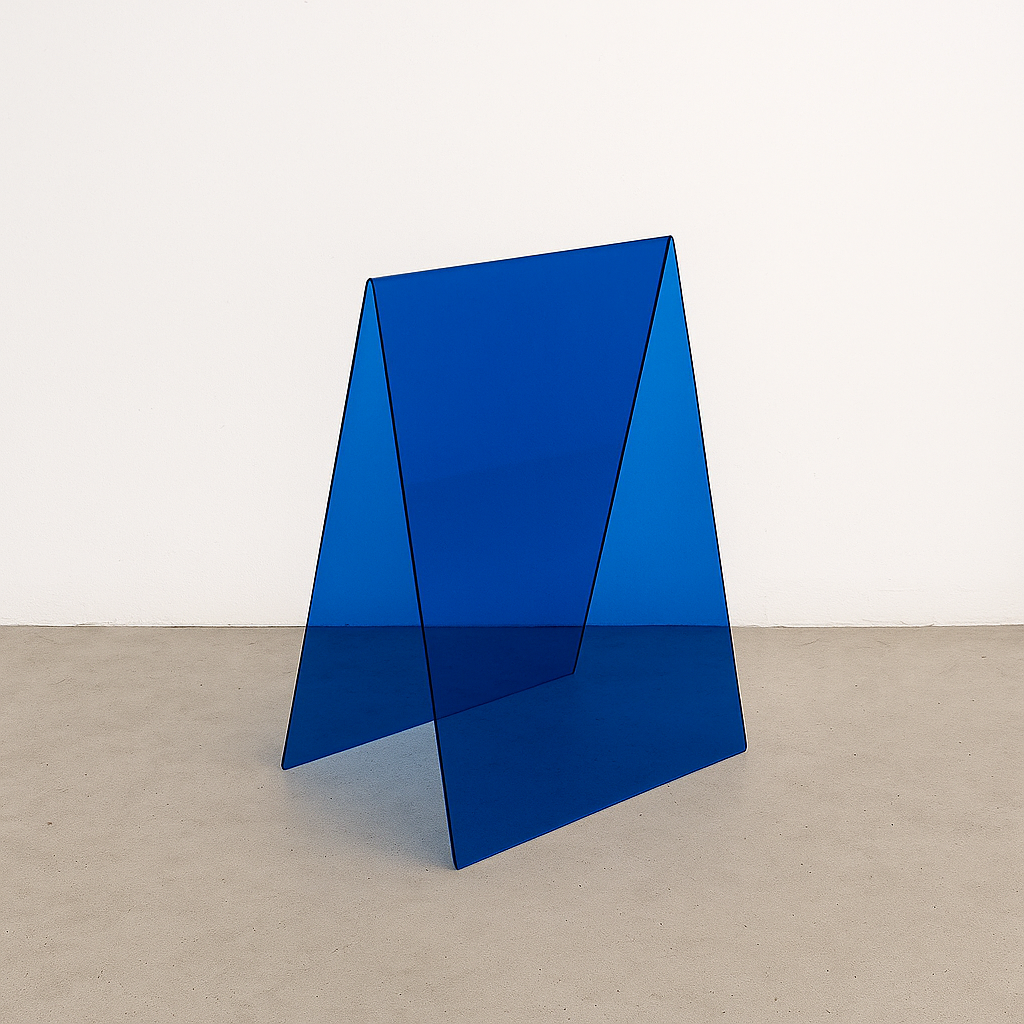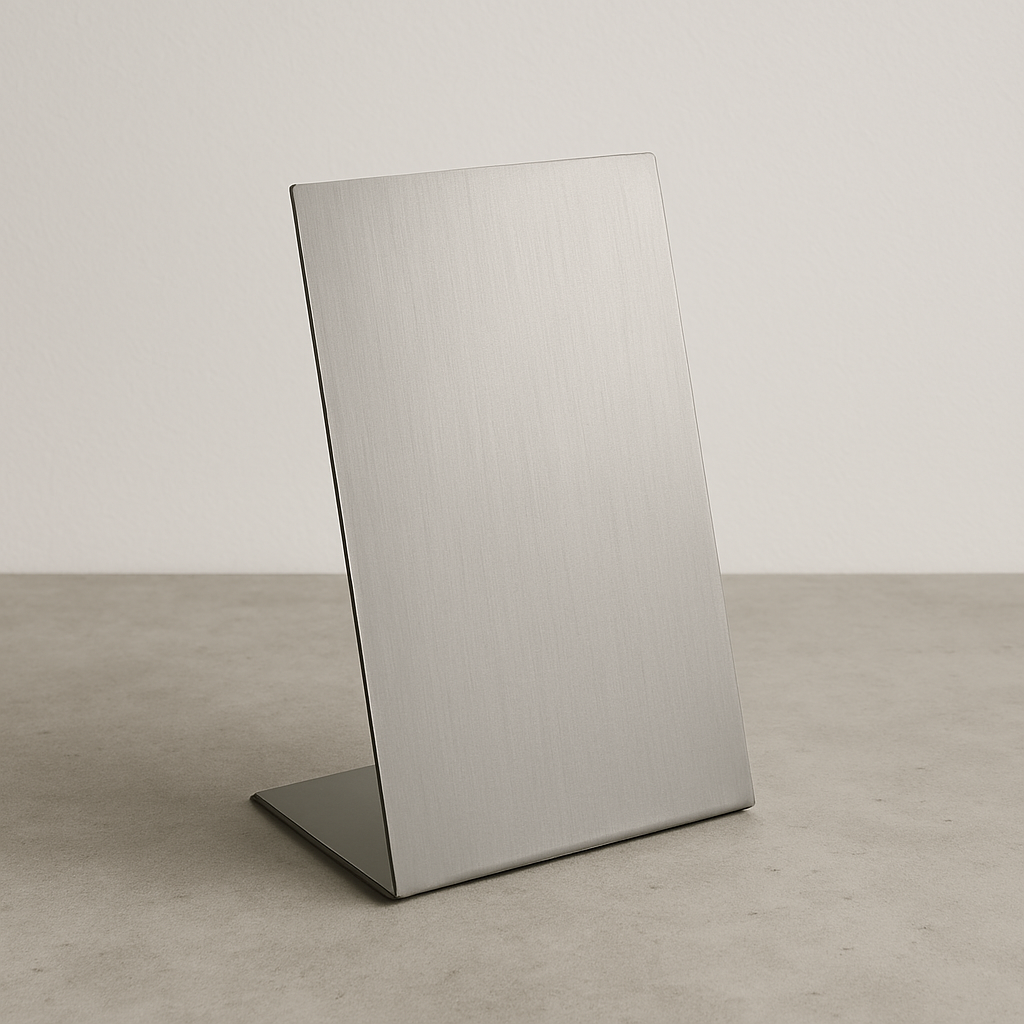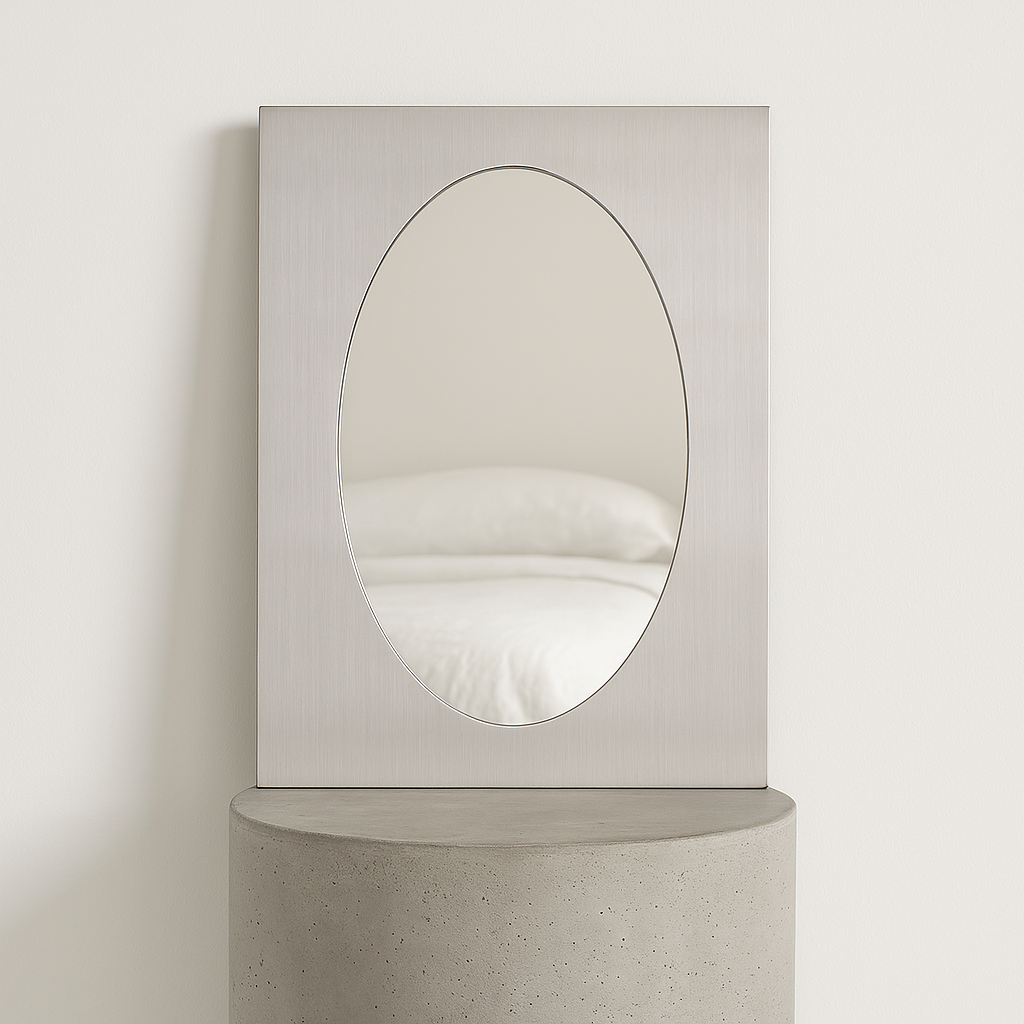Getting people to notice your store isn’t always about big budgets or flashy promotions. Sometimes, it’s the simple, clever ideas that get the job done. Whether you're trying to bring in new foot traffic, reconnect with regulars, or stand out from nearby competition, the right advertising strategy can make a real difference. Below are practical ideas you can actually use whether you’re a small boutique or a growing chain.
Not All Advertising Needs to Be Loud
Not every retail ad has to shout to be effective. Sometimes the best results come from quiet, consistent visibility being in the right place at the right time with the right message. A simple sign that makes someone smile, a helpful tip shared at the register, or a thoughtful reminder sent after a purchase can do more than a flashy campaign.
The goal isn’t always immediate action. It’s about building mental availability so when a customer needs something you sell, your store is the first that comes to mind. Familiarity beats hype in the long run, and subtle impressions often stick better than loud ones.
1. Put Something Worth Stopping For Outside
Your most valuable audience is already walking past your door. Before you spend on digital ads or influencers, make sure you’re doing everything possible to catch the attention of people already in the neighborhood. Foot traffic is one of the most immediate and overlooked opportunities for retail stores, especially those in busy urban areas. But people won’t come in if they don’t notice you.
That’s why signage matters specifically, a sidewalk sign that’s both functional and visually striking. It should reflect your brand style, stand out from the noise on the street, and feel like part of the storefront experience, not just an add-on. A well-designed A-frame, curbside sign, or sandwich board can turn casual foot traffic into spontaneous visits.
At Signs and Mirrors, we learned this firsthand. When we couldn’t find a sidewalk sign that matched the clean, minimalist aesthetic of our New York photo studio, we built one ourselves. That mirrored A-frame sparked conversations and photos people stopped, engaged, and remembered. Today, we handcraft stainless steel and mirrored signs that help other businesses stand out in real-world spaces, the same way we did.
What Makes a Good Sign Worth Stopping For
At Signs and Mirrors, we design signs to be part of your storefront’s identity, not just display your name. Each piece is handcrafted in our New York studio with a focus on clean design and real-world durability. What began with one mirrored A-frame for our own space has grown into a full collection of sidewalk signs built to help businesses stand out in busy environments.

1. Stainless Steel A-Frame Sidewalk Sign
The #002 Stainless Steel A-Frame Sidewalk Sign is built from 304 stainless steel with a polished finish on both sides. It’s designed to be stable and visually clean, making it a fit for retail, cafés, studios, and more. The solid metal construction gives it a durable feel that holds up outdoors, even in busy or moderately windy environments.

2. Black Stainless Steel A-Frame Sidewalk Sign
The #007 Black Stainless Steel A-Frame Sidewalk Sign features the same single-sheet construction but with a powder-coated jet black finish that can last up to 20 years. It’s made for businesses that want something bold, simple, and built to last, often used by boutiques, beauty studios, and modern retail shops.

3. Mirrored Acrylic A-Frame Sandwich Board Sign
The #006 Mirrored Acrylic A-Frame Sandwich Board Sign combines lightweight acrylic with a reflective mirrored surface on both sides, backed by wood for structure. It’s easier to move than full metal signs and is commonly used by fitness studios, cafés, and event pop-ups that want signage people will stop to photograph.
2. Add Tiny Content Pieces to Your Packaging
Your packaging doesn’t have to just carry the product; it can quietly advertise your brand long after the sale. Small, thoughtful inserts or printed elements can surprise customers and stick in their memory. These don’t need to be promotional in the traditional sense. In fact, the more unexpected or useful they are, the more likely they’ll be kept, shared, or talked about.
You might include a mini card with a playlist link, a rotating “staff pick” quote, a quick product origin story, or even a small joke or affirmation. These micro moments create texture around the brand and help it feel human. Some stores even use custom tape or tissue paper printed with short messages that change by season.
It’s a quiet strategy but in an age of recycled boxes and forgettable packaging, it gives your customer one more reason to remember who you are.
3. Make New Customers Feel Like Insiders Fast
First-time buyers are the hardest to win and the easiest to lose. Instead of treating them like anonymous transactions, turn their first purchase into a starting point for something more personal. The goal is simple: make them feel like they’re already “in.”
That could be as easy as slipping a “What Our Regulars Know” tip card into their bag, showing them a lesser-known product combo, or giving them access to something that feels exclusive like a limited second-visit reward or early heads-up about restocks. These small gestures shift the dynamic from shopper to member.
People return when they feel seen. A new customer doesn’t need a discount, they need a reason to think, “This place gets me.”
4. Design Loyalty Perks That Don’t Feel Transactional
Points and punch cards are everywhere but they often feel like math, not appreciation. A loyalty program works best when it makes customers feel like they’re part of something, not just earning back a fraction of what they spent. Instead of only offering discounts, build perks that feel human, flexible, and worth talking about.
Here are a few loyalty perks that create a better emotional connection:
- Early access to new items: Let repeat customers shop collections before they go public.
- Flexible exchanges or “no questions” returns: Show trust by making second visits easier.
- Exclusive “back room” offers: Quiet, limited deals only shown to insiders via QR code or email.
- Saturday hour invites: Open the store an hour early just for loyalty members a few times a year.
- Recognition-based rewards: Surprise gifts based on visit count or occasion, not just spend totals.
These kinds of rewards don’t just say thank you, they say you belong here.
5. Let Customers Pre-Tag What They Want for Holidays
Gift shopping doesn’t start when the holidays arrive, it starts when people start dropping hints. Instead of waiting for last-minute buyers, help your regulars do the groundwork early by letting them “pre-tag” the items they want.
You can set up a simple system in-store or online where shoppers flag or save products they’d love to receive.
Оffer ways to pass that list along:
- Send them a sharable email or printable wishlist.
- Let them text a link to their partner or family.
- Create “hint drop” cards or QR codes they can hand off discreetly.
It’s good for them because they get what they actually want. And it’s good for you because it turns window shoppers into guaranteed sales later, often paid for by someone else.
6. Build “Occasion Zones” That Change Weekly
Instead of organizing products strictly by category, create rotating mini-displays based on moods, moments, or real-life needs. These “occasion zones” make shopping more intuitive and more fun and they give regulars a reason to keep checking back.
Curate by Context, Not Just Product Type
Group items that fit specific situations rather than shelves full of similar products. A display called “Rainy Day Picks” might combine socks, books, and mellow candles, while “Game Night In” could include snacks, drink mixers, and playing cards. This approach encourages spontaneous discovery and connects emotionally with shoppers.
Keep It Moving
Update the theme weekly or every two weeks to keep your store feeling dynamic. Even small changes like renaming a zone or rotating in a few new items can make regular visitors stop and look again. Consistency builds anticipation, but freshness keeps people engaged.
Make It Visual and Shareable
Use design elements like color, signage, or props to help tell the story behind each zone. The goal is not just sales, it's creating something memorable enough to photograph or talk about. These areas give your store a distinct personality and increase the chance of being featured in someone’s feed.
7. Host Skill-Based Micro Events, Not Just Sales
Discounts get people through the door, but they rarely create a lasting connection. Instead of only running sales, try hosting small events that give people a reason to show up, stay a little longer, and interact with your products in a different way. Think short, low-pressure activities built around the kinds of things your customers already enjoy. A plant shop might run a “repotting station” on weekends. A bookstore could offer a five-minute “book blind date” corner. A kitchen store might host a speed challenge to see who can peel a potato the fastest.
These moments don’t require big budgets or event teams, they just need a good idea and a bit of space. The real value is in the engagement. People remember experiences, especially when they’re unexpected and fun. And when they leave with a product, it feels like a natural next step, not a hard sell.
8. Rotate Staff Picks with Personal Notes
One of the easiest ways to make your store feel more personal is to highlight the people behind it. Instead of generic product displays, let your team recommend items they actually like and explain why. Set up a small “Staff Picks” section and rotate it every week or two, giving different employees a chance to share their favorites.
The key is to include handwritten or printed notes from each person. These don’t need to be long, just a few lines about why they love the item or how they use it. A quick comment like “I wear this scarf every morning on my walk to work” is more persuasive than any price tag.
This small touch turns a static display into a conversation starter. It builds trust, encourages interaction, and makes customers feel like they’re shopping somewhere with real people, not just product shelves.
9. Use Post-Purchase Moments to Drive Referrals
The moment right after someone buys from you is when they’re most likely to share your brand if you make it easy and rewarding. Instead of relying on delayed email campaigns or generic links, turn the post-purchase window into a natural referral opportunity.
Here are a few ways to do it effectively:
- Add a QR code to packaging or receipts that leads to a refer-a-friend discount.
- Include a small printed card offering a reward if the customer shares the brand with someone new.
- Trigger an automated thank-you message with a unique referral link right after checkout.
- Offer a 24-hour “share this and both save” link that feels time-sensitive but low pressure.
Referrals work best when they feel casual and timely. By building them into the shopping experience, you increase the chances they’ll actually happen.
10. Turn Returns into an Upsell Opportunity
Returns don’t have to be a loss, they can be a second chance to make a better sale. Instead of treating returns like a dead-end transaction, turn them into a moment to reconnect with the customer and guide them toward something they’ll actually want to keep.
Offer Flexible Swaps with a Bonus
When someone returns an item, give them the option to swap it for anything else in the store and add a small incentive if they do it on the spot. Even a small extra like “10% off your new item today” can nudge them toward making a decision right away.
Showcase Alternatives Right at the Return Counter
Don’t send people to start their shopping journey over. Keep a curated display near the counter with popular items, similar options, or staff picks. Make it easy to say, “How about this instead?”
Use Returns to Ask and Learn
Train staff ask a simple question: “Was it the fit, the color, or something else?” This helps you understand why returns happen and gives you a chance to recommend better-fitting options that feel personalized.
Handled thoughtfully, a return can go from refund to relationship-builder and leave the customer feeling more satisfied than if they’d never returned anything at all.
Small Things Add Up Over Time
You don’t need a viral campaign to build a memorable retail presence. Often, it’s the smaller, consistent touches that shape how customers feel about your store. A sidewalk sign that changes weekly, a handwritten product note, a thoughtful follow-up message these things may seem minor on their own, but together, they create a fuller, more human brand experience.
When you keep showing up in subtle ways online, in-store, or on a package you become familiar. And in retail, familiarity is powerful. It builds trust without needing constant promotions, and it keeps your store in people’s minds for the moment they’re finally ready to buy.
These quiet impressions are easy to overlook in your marketing plan, but over time, they’re what set you apart from stores that only show up when they have something to sell.
Conclusion
Advertising a retail store isn’t just about running big promotions or chasing trends, it's about staying visible, feeling familiar, and giving people a reason to care. The most effective strategies are often small, thoughtful, and consistent. Whether it’s a standout sidewalk sign, a staff-picked product note, or a clever display that shifts with the seasons, these details build recognition and loyalty over time.
You don’t have to do everything at once. Start with what fits your space, your audience, and your team. Keep it human, keep it flexible and let your store speak for itself in ways that customers remember.
FAQ
What’s the most effective advertising channel for small retail stores?
There’s no one-size-fits-all answer. For physical locations, in-person visibility (like signage and displays) is key. Digital tools like email, Instagram, and Google Business also work well when used consistently.
How do I advertise my store without offering constant discounts?
Focus on connection over price. Use storytelling, staff recommendations, in-store events, and visual displays to create interest. Loyalty perks and content-driven packaging can build long-term value without relying on promotions.
What type of signage works best for walk-in traffic?
Sidewalk A-frame signs are among the most effective. They’re easy to update, highly visible, and draw attention when designed well. Mirrored or high-contrast designs tend to get more engagement.
How can I make my advertising feel more personal?
Involve your team. Use staff picks, handwritten notes, and behind-the-scenes content. Segment your emails based on behavior, and offer rewards that feel like recognition, not just transactions.
Do physical stores still need to focus on social media?
Yes, especially for local awareness. Posting regularly and tagging your location helps nearby customers find you. Even simple behind-the-scenes or product feature content keeps your store top of mind.




